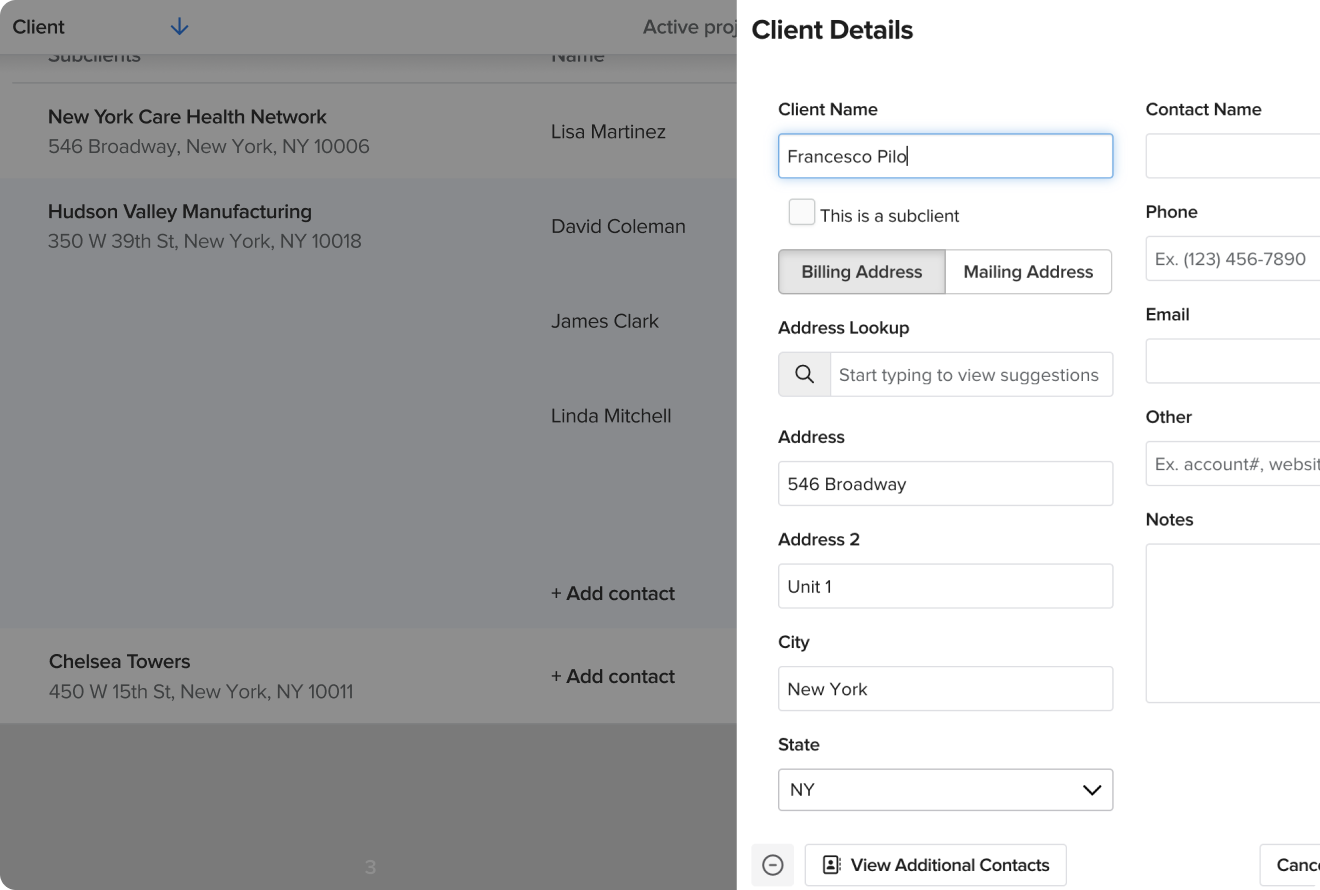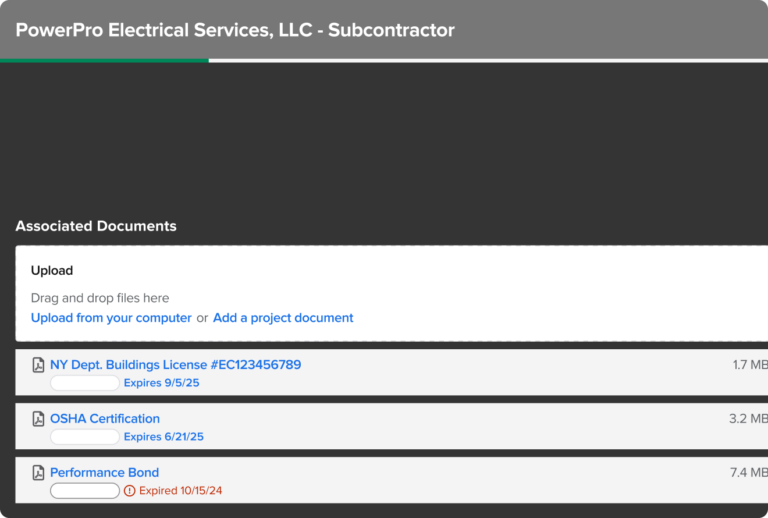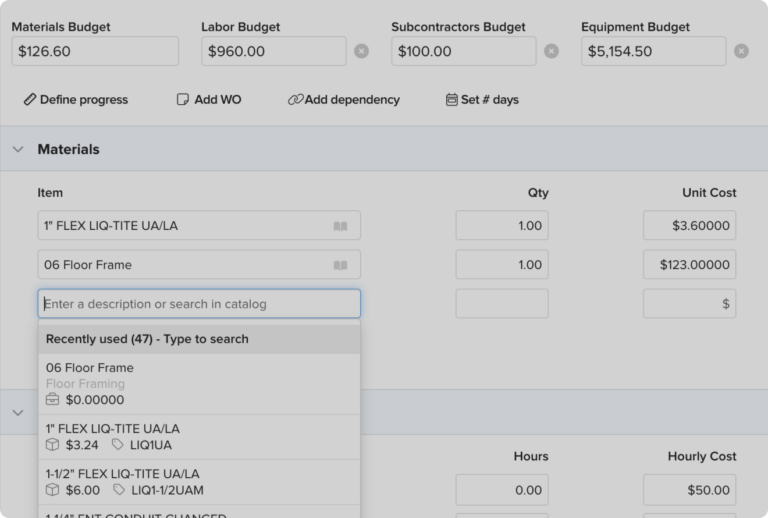Stay organized as you grow, with plans starting at just $99/month
Ready to keep your most important business data organized and easily accessible? Request a personalized walkthrough of Knowify today!
Pull info from a products and services catalog that includes your costs, customer pricing, and SKUs.
Track your sub’s documents, and get notified when they expire.
Keep all your clients organized in one place that syncs between QuickBooks and Knowify, giving easy access to key contact information and notes.

See all your vendors in one database and categorize them by type for easy reporting and cost attribution.

Track all your subs in one place, and keep track of their license and insurance info, including expiration dates. Get notified when you try to add a sub with expired documents to a new project.

Keep an organized catalog of the products, materials, and services your business uses and easily pull them into estimates and project budgets.

Ready to keep your most important business data organized and easily accessible? Request a personalized walkthrough of Knowify today!